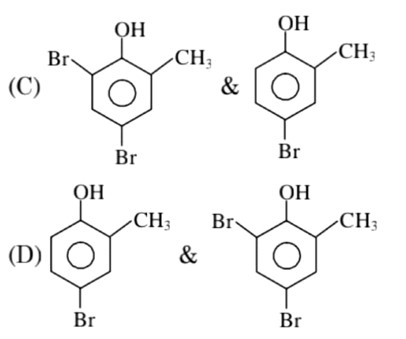9.2 Write the IUPAC names of the following coordination compounds:
(i) [Co(NH3 )6 ]Cl3
(ii) [Co(NH3 )5Cl]Cl2
(iii) K3 [Fe(CN)6 ]
(iv) K3 [Fe(C2O4 )3 ]
(v) K2 [PdCl4 ]
(vi) [Pt(NH3 )2Cl(NH2CH3 )]
9.2 Write the IUPAC names of the following coordination compounds:
(i) [Co(NH3 )6 ]Cl3
(ii) [Co(NH3 )5Cl]Cl2
(iii) K3 [Fe(CN)6 ]
(iv) K3 [Fe(C2O4 )3 ]
(v) K2 [PdCl4 ]
(vi) [Pt(NH3 )2Cl(NH2CH3 )]
-
1 Answer
-
(i) Hexaminecobalt (III)chloride
(ii) Pentaaminechloridecobalt (III)chloride
(iii) Potassium hexacyanoferrate (III)
(iv) Potassium trioxalatoferrate (III)
(v) Potassium tetrachloridopalladate (II)
(vi) Diaminechloride (methylamine)platinum (II)chloride
Similar Questions for you
CoCl3.NH3 + AgNO3
x = 5
In H2O (polar solvent) dibromophenol derivative and in CS2 (non-polar solvent moneobromo phenol derivate is obtained.
3d => 4d => 5d CFSE increases for the same ligands.
Factual
⇒ leaching methods is used for those metal in which metal is more soluble than impurities and these are Al, Au, Ag, low grade Cu
σ bonded organometallic compound ⇒ M – C
σ-bond
and in π – bonded organo metallic compound
M – C
π bond
In ferrocene, there is π-bond
Taking an Exam? Selecting a College?
Get authentic answers from experts, students and alumni that you won't find anywhere else
Sign Up on ShikshaOn Shiksha, get access to
- 65k Colleges
- 1.2k Exams
- 679k Reviews
- 1800k Answers



